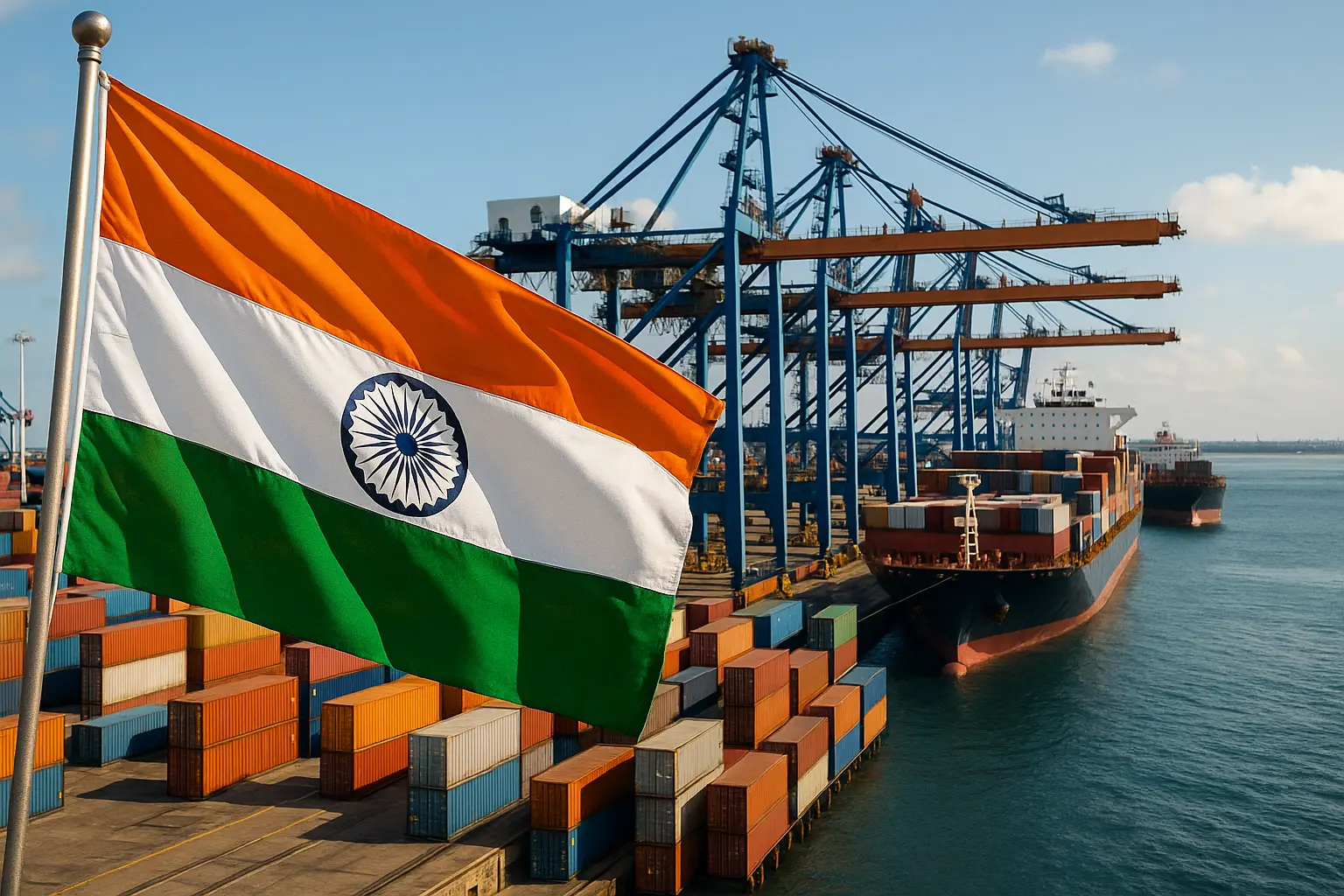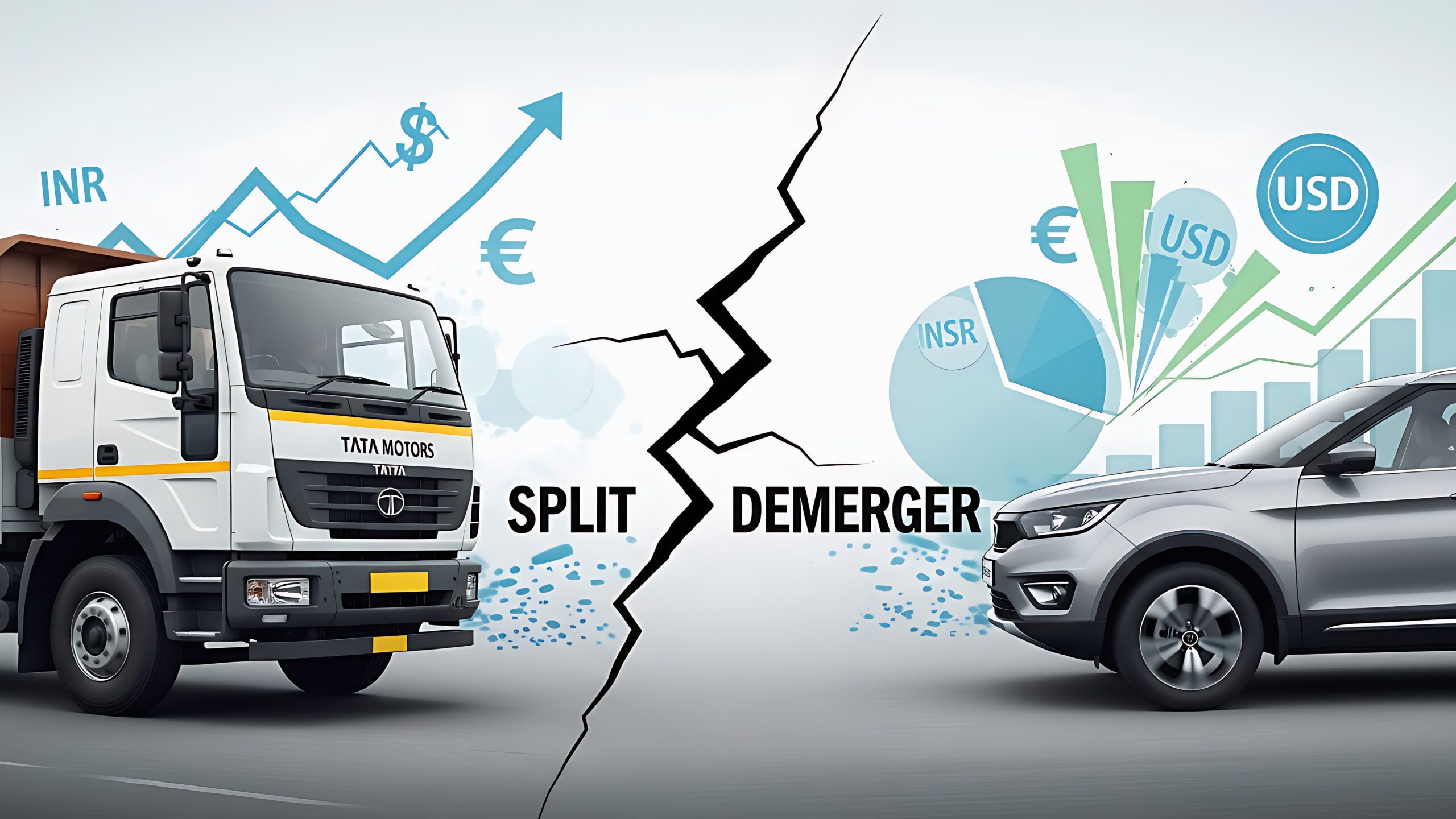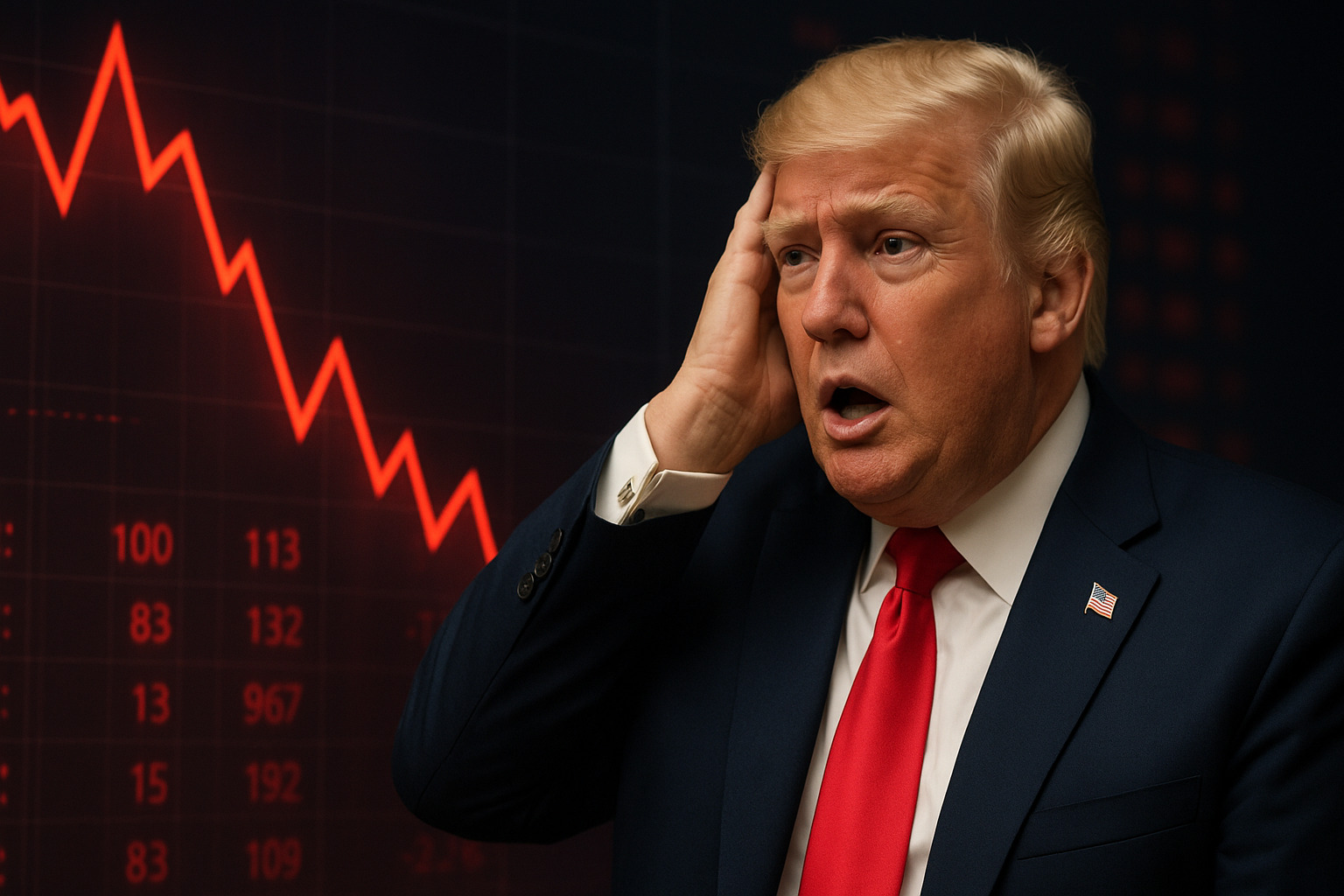India’s Global Trade Strategy: How FTAs and BTA Talks Are Changing the Game

India is now moving aggressively in the world trade deals. To the signing of important Free Trade Agreements (FTAs) to entering into strategic Bilateral Trade agreements (BTAs), the country is playing its part. These deals mean new jobs, lower prices, and new chance, some new profits and reduction costs, at the same time they are accompanied with threat, particularly to farmers. So, in layman terms, what is it?
India -UK FTA, Great Job and Export Booster
Major FTA will be signed between India and the United Kingdom in July 23-24 2025 when Prime Minister Modi will be visiting in the United Kingdom. This consensus will eliminate taxes (tariffs) on 99 percent of the Indian goods such as textiles, leather and footwear.
Key Benefits:
- British whisky and British cars will be made cheaper in India because the duty is falling to 150 to 75 percent then further around 40% after 10 years.
- The export industries of India, particularly the industries that do not require many laborers will experience rapid growth.
- There are prospects of the trade between both nations to hit the levels of 120 billion dollars in 2030.
What is at stake: This transaction is making Indian items more competitive in the world market and more companies hire new people.
India–US Interim BTA: Avoiding Tariff Trouble
India and the U.S have just concluded the fifth set of negotiations on a temporary trade agreement in order to avoid the increase in taxes on commodities exchanged between the two nations, effective on 1 August 2020.
India is treading softly on the issue of not giving much as far as agriculture and dairy are concerned and talks on reducing tariffs on steel, aluminum and automobiles are being held.
Key Benefits:
- There is a possibility that the deal will maintain the U.S. tariffs below 20 percent, something below what is imposed on other countries (e.g., Indonesia has a 32 percent tariff).
- It qualifies India to have bargaining power when they engage in additional political and economic discussions with the U.S.
Why it is so important: With this agreement, Indian exporters will no longer face high-duty rates and the economy will become stable.
India EFTA TEPA: An investment worth 100 billion dollars
On October 1, India Trade and Economic Partnership Agreement (TEPA) with the countries of EFTA (Switzerland, Norway, Liechtenstein and Iceland) became operational. This is the agreement that will generate an investment of 100 billion in the course of 15 years and will put about 1 million in work.
Key Benefits:
- Reduced tariffs on such luxury products as Swiss watches and chocolates.
- Opens up European markets for Indian legal, R&D, and IT services.
- Increases the infrastructure and employment in small cities in India.
Why it is important: It is a long term investment and work opportunity to India.
India–Australia Trade Talks: Powering EV and Green Energy
India and Australia are intensifying their trade ties, and they are targeting Critical Minerals such as lithium and nickel, the raw materials needed to produce electric vehicles (EVs) and defense goods.
Key Benefits:
- Assures of stable availability of essential minerals required in the development of green energy and technology.
- Increases the importation of food in Australia to supply India.
- Enhances the cooperation between Australian Agriculture and India IT.
Why it is important: It strengthens India’s energy independence and supports its clean tech goals.
Why These Trade Deals Matter for You
Such mergers are not only concerned with large figures; everyone is drawn to the way they influence the everyday life, including where one can shop or work.
For Consumers:
- Lower import taxes = cheaper goods (cars, whisky, electronics, luxury items).
- Increased products and products of superior quality in the market.
For Exporters & Workers:
- The products made in India are more enticing globally.
- The higher exports, the higher number of jobs in the sector such as textile, leather, IT and farming.
For the Economy:
- More stable value of rupee because of improved foreign trade.
- Foreign investments come up with infrastructure and skill building opportunities.
However Risks Exist As Well
Such compromises as the early opening of agriculture and dairy had been cautioned by experts such as economist, Raghuram Rajan, as damaging to Indian farmers and rural employment. Therefore, India should be careful in negotiations to save vulnerable sectors.
Quick Summary of Key Agreements
| Deal | Impact |
|---|---|
| UK FTA | Boosts exports and manufacturing jobs; 99% duty relief |
| US Interim BTA | Shields Indian goods from high tariffs (keeps them < 20%) |
| EFTA TEPA | Brings $100B in investments, expands services in Europe |
| Australia Trade Deal | Secures minerals for EVs, boosts food and tech cooperation |
| Risks | Agriculture and dairy sectors could be negatively impacted |
What Should Businesses and Investors Watch?
- Winning Sectors: Textiles, leather, agriculture, EV components, and batteries.
- Currencies Steadiness: Trade risks are reduced, and hence rupee has less pressure.
- Smart Negotiations: India should guard its agriculture but should remain open to services and manufacturing.
- Future agreements: Future agreements such as the one with EU, US, and others should be monitored 2025 could change the status of India as a global trader remarkably.
Final Thoughts
India is not stumbling carefully to expand its economy by making sensible trade decisions. To businesses, exporters, and investors, the need to keep abreast with these agreements is not only handy, but it is helpful to the business at large in future.
Disclaimer:
This blog is for educational purposes only. It is not financial advice. Always do your own research or consult a certified financial expert before making investment decisions.


One thought on “India’s Global Trade Strategy: How FTAs and BTA Talks Are Changing the Game”